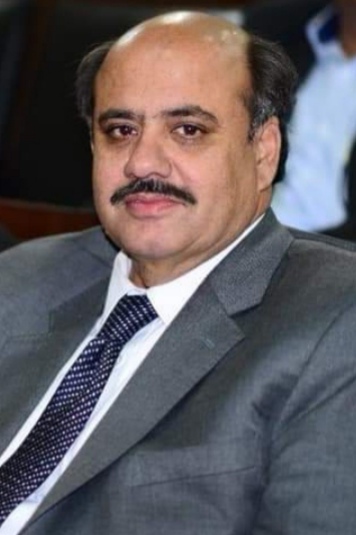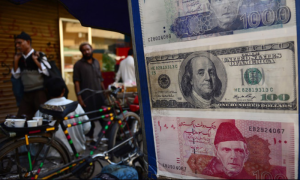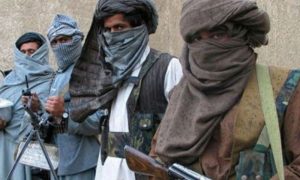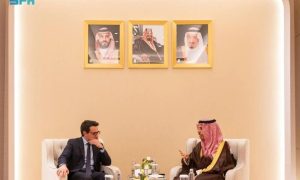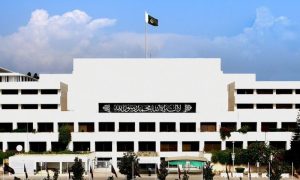Since the United States exited the 2015 Joint Comprehensive Plan of Action (JCPOA), Iran has been enriching uranium near-weapons grade levels. Tehran’s decision to produce high-enriched uranium is a violation of the NPT and also alarms about the probability of its withdrawal from the Treaty.
On December 26, 2023, The International Atomic Energy Agency (IAEA) reported that Iran was producing approximately nine kilograms of uranium enriched to 60 percent uranium-235 per month. Notably, uranium enriched to 60 percent U-235 can be quickly enriched to weapons-grade levels or 93 percent. Many experts believe Iran has enough enriched uranium to produce at least five nuclear weapons.
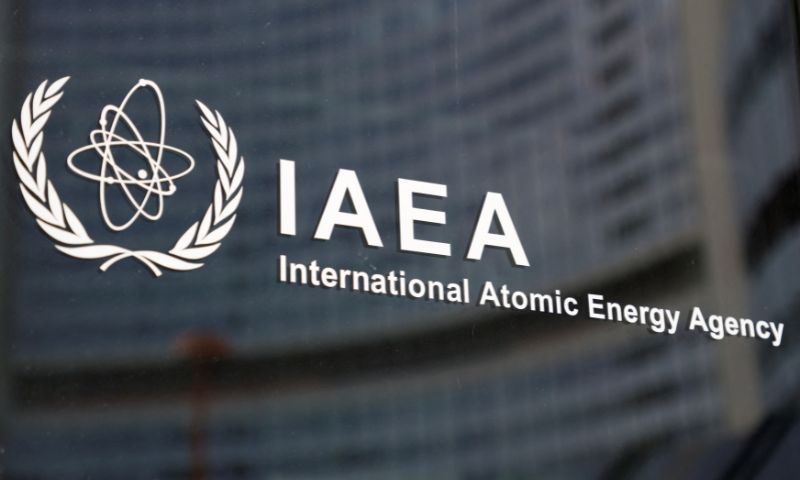
The alarming assumption is that Iran’s advances in nuclear programs and ballistic missile capabilities would unravel the nonproliferation system in the Middle East and North Africa (MENA). Besides, it compels regional powers, to revisit their nuclear policy to sustain strategic equilibrium in the region.
The Gaza war has spoiled peace initiatives and dashed Iran’s nuclear restraint policy. Israeli Cabinet members’ signaling of nuclear weapons use and increasing tension between Iran and the United States reinvigorated the nuclear hawks in Tehran.
No stakeholder in the region can ignore IAEA’s chief Rafael Grossi’s warning that Iran continues to enrich uranium well beyond the need for commercial nuclear use despite U.N. pressure to stop it. On February 19, he opined, “There is a concerning rhetoric; you may have heard high officials in Iran saying they have all the elements for a nuclear weapon lately.”
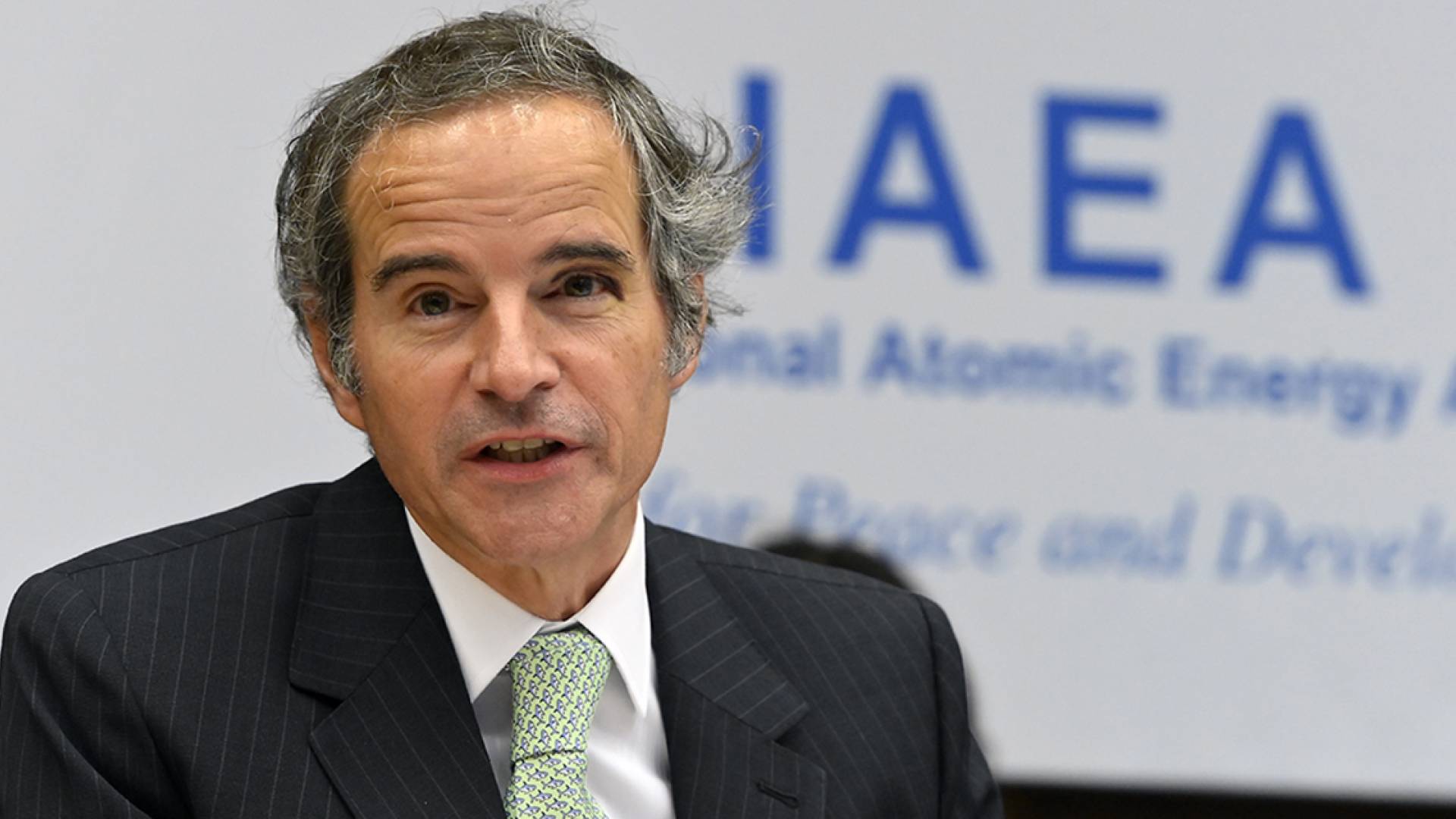
Admittedly, presently, Iran does not possess nuclear weapons and thereby has no nuclear capability to harm Israel and the United States. However, Israel’s nuclear signaling and the Biden administration’s current MENA policy could be a cause for Iran’s decision to enrich weapon-grade uranium and expand its nuclear infrastructure. Moreover, the Iranian nuclear hawks could argue that in January, Iran was attacked by nuclear-armed Pakistan. Therefore, to prevent nuclear blackmail, Iran needs nuclear weapons.
Pakistan and Iran quickly de-escalated the crisis in the aftermath of airstrikes on each other’s territory in January 2024. The Iranian nuclear hawks could use this crisis to justify exiting from the NPT and manufacturing nuclear devices. Indeed, Iran initiated the crisis by violating the sovereignty of a nuclear-armed Pakistan. But it is an acceptable conclusion that a nuclear-armed state attacked Iranian territory.
Iran did not violate the JCPOA until President Trump pulled the U.S. out of the agreement in 2018. Thus, America’s exit from the JCPOA ended the Iranian nuclear program’s restriction on uranium enrichment to only 3.67%. Nevertheless, the Trump administration’s decision to withdraw from the JCPOA resulted in the revival of Iran’s nuclear weapons drive.
Recently, Iran announced building a new 10-megawatt nuclear research reactor in Isfahan and constructing a nuclear power plant complex in Sirik, on the Strait of Hormuz. It is expected to be fully operational by 2031. Mohammad Eslami, head of the Atomic Energy Organization of Iran, said, “We must reach the production capacity of 20,000 megawatts of nuclear power in the country” by the year 2041.

Importantly, NATO members are equally concerned about instability in the MENA, which the Alliance refers to as the Southern Flank. On July 11, 2023, during the Vilnius Summit, the members agreed that MENA provides fertile ground for the proliferation of non-state armed groups, including terrorist organizations. They believe that Iran is the main supporter of the axis of resistance in the region.
The NATO’s Vilnius Summit Communiqué underlines the members concerned about Iran’s escalation of its nuclear program and therefore, determined that Iran must never develop a nuclear weapon. They called on Iran to stop all ballistic missile activities inconsistent with UNSCR 2231 (2015), which was based on the assumption that Iran would take the necessary steps toward restoring confidence in the exclusively peaceful nature of its nuclear program.
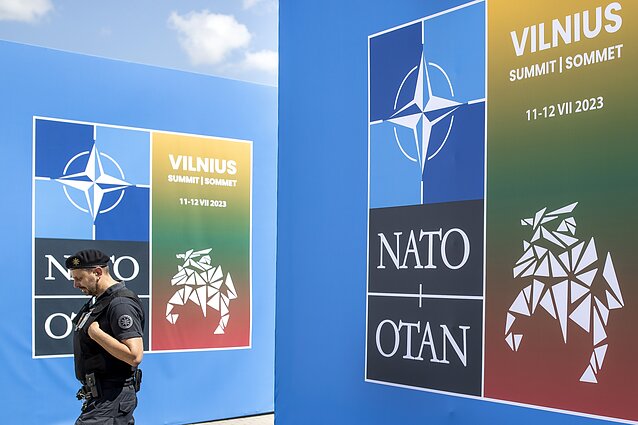
To conclude, Iran’s ballistic missile and nuclear programs are viewed by a few countries as threatening across the region and beyond. Therefore, the advances in these programs could cause a horizontal proliferation in the area.









